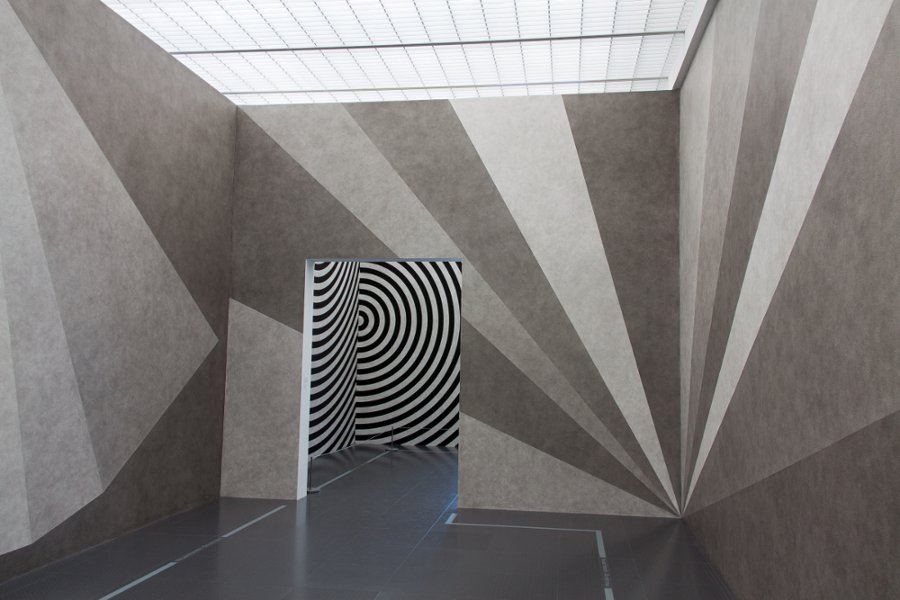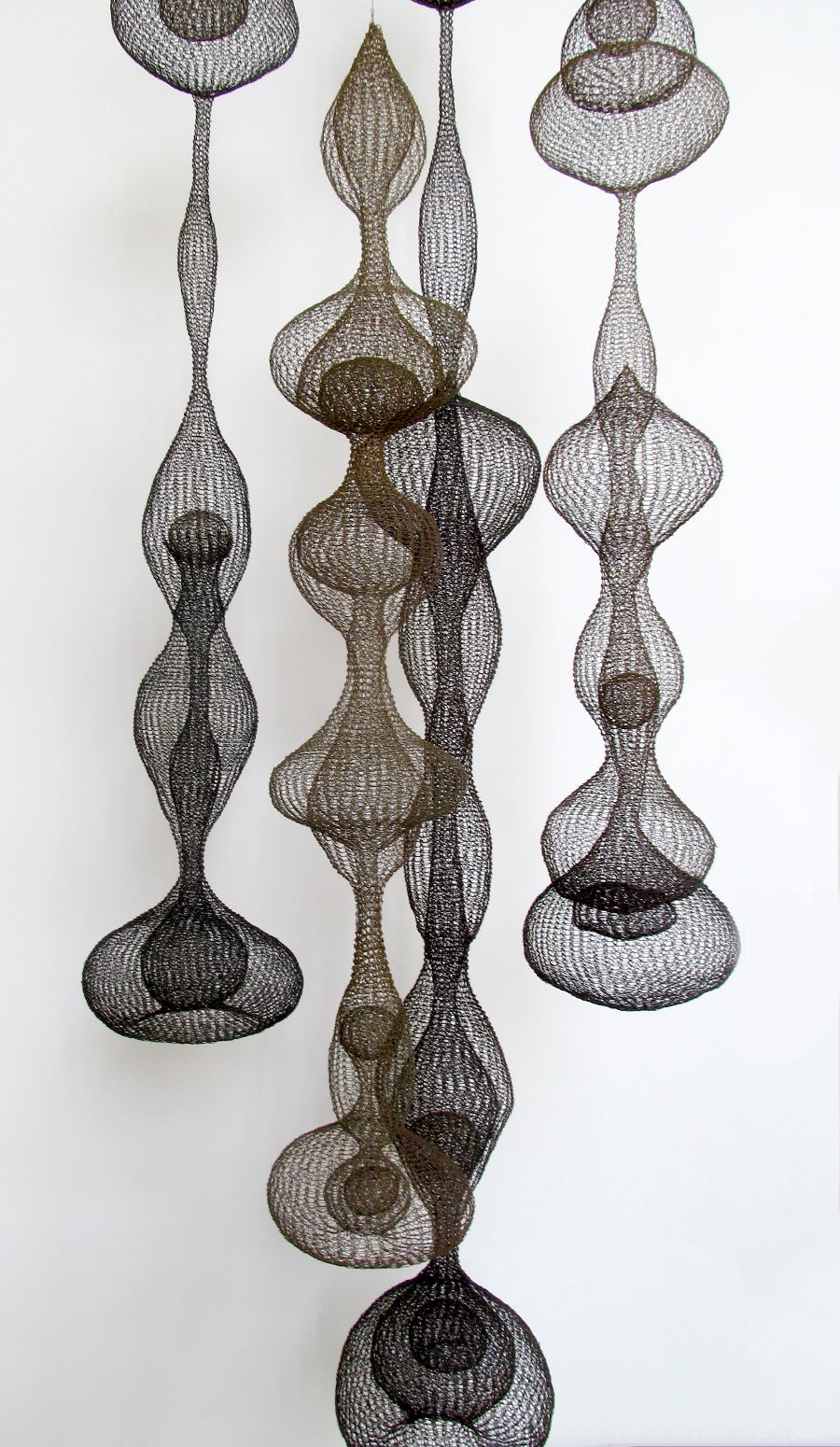As the world veers ever more perilously toward the precipice, it doesn’t seem like a giant leap to suggest that we need a major shift in thinking and relating. Essentially, we need to start thinking about ourselves as connected vs. separate and we need to start relating to each other interdependently vs. competitively. This post will address the possibilities of making that shift and the planetary potential if we can make it happen. I will first define what possibility and potential mean and then share the results of recent scientific research that substantiates wisdom philosophies from the ancient past. I will conclude with some implications and suggestions for each of us in making that shift.

Possibility can be defined as the chance that something might exist, happen, or be true. Possibilities represent the qualities that could make someone or something better in the future, i.e. the commitment, capability and capacity to become or develop that may lead to future success.
Potential can be defined as capable of development into actuality.
So the question is, what is the possibility that we have the potential to see ourselves as connected and interdependent, i.e. what is the chance that an idea could become an actuality? In this case, what is the chance that we can think of ourselves as interconnected and thus relate interdependently to actualize potential on this planet?
Let me set the stage with the science. According to new scientific research, all matter and even we ourselves consist of forms of light. In his book Vibrational Medicine, physician Richard Gerber describes all matter as “frozen light,” light that has been slowed down and has become solid. A quantum physicist would say that light in this context does not slow down-it always moves at the speed of light. Rather the light’s photons get absorbed; its energy has been transferred. Gerber points out that atoms are primarily empty space. What fills them, he says, are packets of light that sometimes act as matter.
If our bodies, at least metaphorically, are made of frozen light, they maintain the characteristics of light, which means they have a frequency. Matter then may be thought of as light of a higher density. Thus, drawing on the implications of modern physics, we can conclude that human beings are made of light held in matter.

It is important to stress that Gerber’s concept of matter as frozen light may not be merely metaphoric. Gerber describes the cellular matrix of the physical body as a complex energy interference pattern, interpenetrated by the organizing bio energetic field of the etheric body. The physical body is therefore an energy field, and the field is made up of segments of vibration. As physicist Max Planck determined, higher frequency light means higher energy light. This concept also applies to what we think of as matter because we now know that all matter, not just quantum matter, also has frequency and thus waves-another scientific revelation that has radically changed the way we see the physical world. Using simple equations, Louis De Broglie discovered the wavelengths of waves that correspond to matter, which are not visible to us. Breakthroughs in quantum physics imply that all matter, including matter that makes up the human body, is itself made up of waves of light. It is therefore interesting to note that many ancient teachings saw humans as engendered by light, as children of light.
The Nobel Prize winning physicist David Bohm has written about what he calls the implicate order of the holographic universe. This concept suggests that the entire universe is an ever-changing cosmic hologram that is layered with information. Each layer holds a higher order of information and each higher order is enfolded in an aspect of space/time. The higher order may be thought of as consciousness that filters wave-like into form. Because it is a hologram, every segment contains information about the entire universe. Thus, consciousness is indeed in all things. Light is both the medium and the message.
Moreover, Bohm’s work in quantum physics suggests that at the subatomic level all points in space are essentially the same, and therefore nothing is actually separate from anything else. This property is called non-locality. Bell’s Theorem, developed a few years later by J. S. Bell, a Swiss physicist, provided mathematical proof of non-locality. If we think about locality in terms of the particle behavior of light (a specific point in space), then non-locality can be seen in terms of light behaving as a wave (indistinguishable and interconnected).
What these concepts tell us is that, at the heart of our universe, there are no separate parts to anything, and that everything is connected to everything else. Moreover, they explain how information can be transferred superluminously, or faster than the speed of light. For example, if two photons are non-locally connected, communication between them can be instantaneous because they are not truly separate.

These discoveries from quantum physics have important implications for the evolution of human consciousness predicted by the Andean prophecies. As Bohm states, the world is an “unbroken wholeness”; everything is non-locally interconnected. We need to learn to perceive holistically because our world and the entire universe is actually interconnected. It is erroneous to continue to perceive our world as a conglomeration of separate, unrelated parts. In light of emergent scientific principles, the old view of reality is decidedly misleading.
This holistic way of perceiving the world mirrors the teachings of ancient people such as the Inca. Buddhist, Hindu, and Taoist teachings have also long told us that everything is energy dancing in form, and that the dance is a continuous weaving of the form and the formless. Now research from the frontiers of science is telling us the same thing.
Given this level of interconnectedness, wouldn’t it make sense to start relating to each other interdependently, i.e. actively seeking ways to help each other succeed instead of striving to defeat and dominate each other? Shouldn’t we be pursuing the goal of harmonious inclusion instead of tribal dominance or individual superiority?
Two recent (2012) books explain the science of interconnectedness and support this possibility:
- The Last Particle in the Universe by Sean Carroll, a theoretical physicist at the California Institute of Technology. After receiving his doctorate from Harvard, he pursued research on particle physics, cosmology, and gravitation.
2. Qigong Meets Quantum Physics: Experiencing Cosmic Oneness by Imke Bock-Möbius.
There is also a wonderful documentary, Particle Fever (2013), the story of how physicists from around the world worked interdependently to discover the Higgs boson at the Large Hadron Collider in CERN, Switzerland.
Isn’t it strange that ideas proposed over 2,600 years ago, which have been categorically dismissed by scientists, are now being substantiated by scientists?
So what’s the possibility of achieving the planetary potential that awaits our awakening. It’s a very real possibility if only we can shift our view of the world from “I am separate, superior, and central” to “We are connected, complementary and interdependent.”
There is a terrific documentary entitled I AM (2010), which tells the story of how a famous Hollywood director, Tom Shadyac, made this very shift himself. I AM follows his journey as he leaves behind his materialistic lifestyle to examine the nature of humanity and how to create a meaningful existence. You may not know his name off the top of your head, but you do know the films he has written and directed—Ace Ventura: Pet Detective, The Nutty Professor, Liar Liar, and Bruce Almighty, among others. Take a look. I think you will enjoy it.
Also published on Medium.

